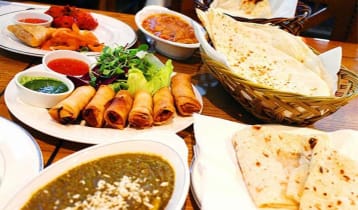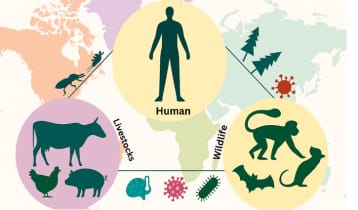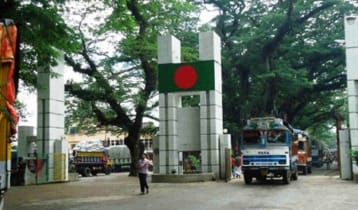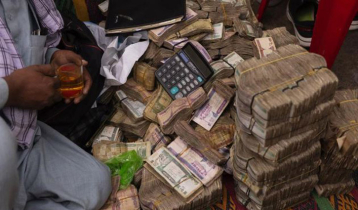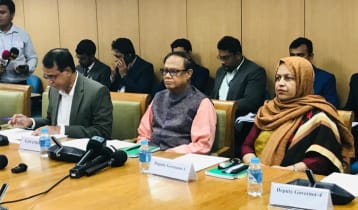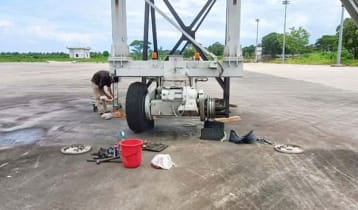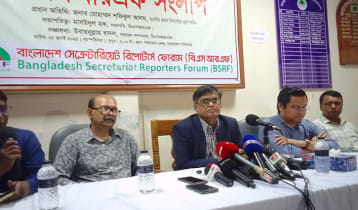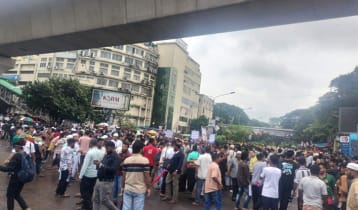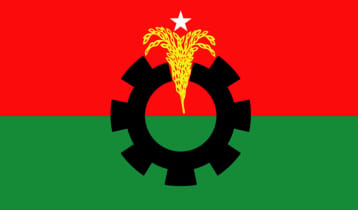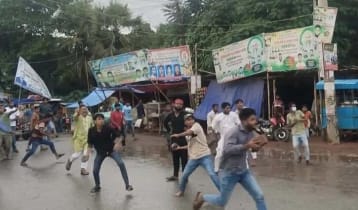Bucks and Boundaries: A Dalit Community’s Fight for Economic Dignity in Bangladesh
Dr. Sk Mashudur Rahman || risingbd.com
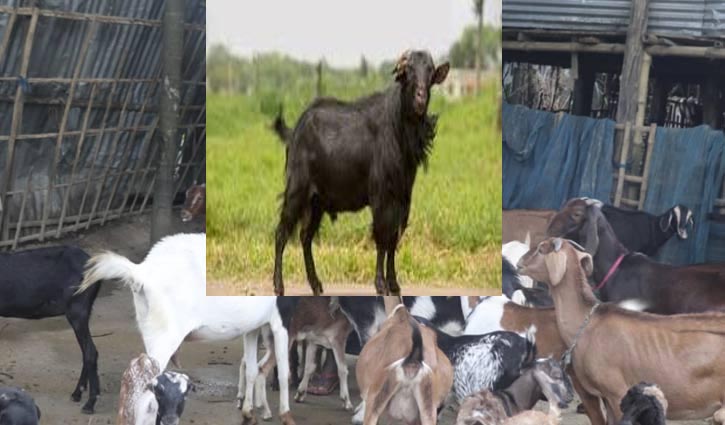
Bangladesh's Rishi Dalit community, a marginalized group, has traditionally relied on buck-rearing as a unique source of livelihood. These entrepreneurs, often operating with limited resources and facing societal discrimination, provide essential natural insemination services for goats, contributing significantly to the rural economy. However, their traditional methods and precarious social standing highlight an urgent need for support and recognition.
The Rishi Dalit community in Bangladesh faces significant challenges, including human rights violations, limited employment, and low social status. Despite these obstacles, they demonstrate remarkable entrepreneurial spirit. Their traditional expertise in animal husbandry, particularly in buck-rearing for goat reproduction, is a vital, yet often overlooked, asset to Bangladesh's agricultural sector. Empowering these entrepreneurs aligns with the United Nations' Sustainable Development Goals (SDGs), particularly the principle of "No One Left Behind."
Historically, the Rishi were involved in "cattle prostitution" (breeding services). With the decline of traditional pastoral lands due to population growth and the introduction of "miracle rice," they adaptively shifted their skills to goat farming, specifically "rearing bucks." This transition showcases their occupational flexibility and entrepreneurial drive.
A study conducted in the Tala sub-district of Satkhira, Bangladesh, among 17 buck-rearing entrepreneurs, sheds light on the economic realities of this traditional livelihood. More experienced entrepreneurs, particularly those with 31 or more years in the trade, tend to manage more bucks and achieve higher breeding rates. For instance, those with 31+ years of experience averaged 3 bucks and a crossing rate of 4.0 per buck, compared to those with less than 6 years of experience who averaged 2 bucks and a crossing rate of 3.25 per buck. This indicates an accumulation of practical expertise over time. The study found a clear correlation between the number of bucks owned and household income. 64.71% of households surveyed owned 2 bucks, with an average daily income of BDT 650.91 (Bangladeshi Taka) and a net income of BDT 555.46. Households with 5 bucks (representing 11.76% of the surveyed group) reported a significantly higher average daily income of BDT 1612.50 and a net income of BDT 1312.50. The average daily fostering cost across all entrepreneurs was BDT 135.88, with an average daily income of BDT 826.22, resulting in an average net income of BDT 690.34. The average income per crossing was BDT 107.44. Buck-rearing is often a collective family enterprise, with men, women, and children contributing to feeding, cleaning, and caring for the animals, ensuring the intergenerational transmission of skills.
Voices from the Field: Stories of Resilience and Aspiration
Krishno Chandra Dash: Navigating Scarcity: Krishno Chandra Dash, a 57-year-old buck-rearer, embodies the struggles of small-scale entrepreneurs. He manages two bucks (a crossbreed valued at BDT 17,000 and a local one at BDT 8,000-9,000). He charges BDT 100 for a cross-mating and BDT 50 for a local mating, with free re-mating if unsuccessful. His daily expenditure for feed is BDT 50-60. Krishno describes an "8-month peak period" with "as many as 7 does" visiting, but faces periods of no income during doe pregnancies. Despite financial precarity, his bucks are his "pride," symbolizing his identity and sense of belonging.
Dhanjoy Dash: Age, Adaptation, and Community: Dhanjoy Dash, a 70-year-old buck-rearer, transitioned to this livelihood due to age-related physical limitations. It is now the "sole source of his family's income." He owns an impressive collection of ten local bucks and two exotic varieties, housed in a "semi-brick bedroom" at night. He charges BDT 400 for exotic breed mating and BDT 50 for local. His monthly expenditure on feed, medication, and hygiene for his 12 bucks is substantial, reaching BDT 10,000. Dhanjoy sells bucks after "five or six years" for BDT 20,000-25,000, often to the Sitakunda Temple, where an ancient Hindu custom of sacrificing old bucks is practiced. Despite neighbor protests over the smell, the local council supports and licenses his business, highlighting the intersection of livelihood, community, and local governance.
Mithun Sharker Gora: Professionalism and Vision: Mithun Sharker Gora, a 28-year-old buck-rearer, represents a new generation. He owns five bucks including Australian, Indian, Nepali, cross, and local breeds, purchased for BDT 7,000-25,000. His ambition is "to be a professional goat rarer and research about the animal." This commitment to professional development and continuous learning sets him apart, emphasizing the potential for modernization within this traditional occupation.
Despite their significant contributions to goat production, Rishi Dalit buck-rearing entrepreneurs face challenges like a lack of institutional knowledge for scientific buck rearing and limited social capital. The potential for technological advancements, such as artificial insemination, also threatens their traditional roles. To safeguard and enhance this vital service, immediate and appropriate measures are necessary. Providing training in breeding and nutritional management, alongside institutional support, can empower these entrepreneurs, improve the diversity of Bangladesh's goat stock, and contribute meaningfully to the nation's agricultural development.
The author is a Director of Bangladesh Academy for Rural Development (BARD), Cumilla.
Dhaka/Mukul

